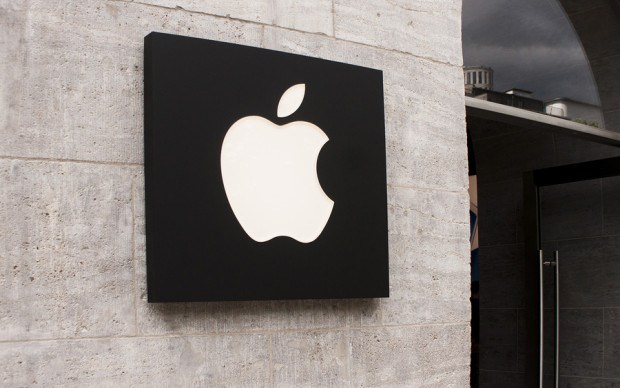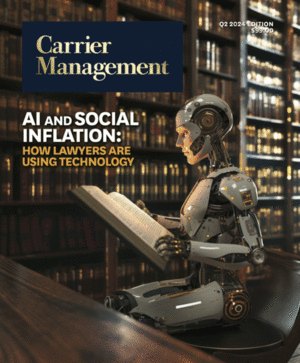The end of the smartphone wars is almost here. Six years after Apple Inc. filed its first lawsuit alleging unauthorized copying of the iPhone, the company will square off at the U.S. Supreme Court Tuesday against rival Samsung Electronics Co. They will argue over how much of a $399 million patent infringement award Samsung must pay.
The fight will be one of the last showdowns between two antagonists that have filed four dozen lawsuits against each other and spent hundreds of millions of dollars on legal fees.
Samsung says the award, which represents its entire profit from 11 disputed phones, is a “disproportionate” sum for infringement of Apple’s patented design features. Apple says the full award is warranted given Samsung’s “blatant copying” of the iPhone’s iconic look.
The case comes as both companies grapple with more pressing legal concerns — Apple’s $15 billion European tax fight and Samsung’s exploding-battery crisis.
It will be the Supreme Court’s first examination in 120 years of design patents, which cover the ornamental look of an object rather than any functional aspect. The court last looked at design patents in disputes involving spoon handles in the 1870s and carpets in the 1890s.
Apple’s design patents cover the rounded corners of its phones, the rim that surrounds the front face and the grid of icons that users view.
A federal appeals court upheld the award, saying U.S. patent law lets Apple recoup Samsung’s total profit from the phones, and not just the part attributable to the copied design.
Cars and Cup-Holders
In urging the Supreme Court to take up the appeal, Samsung said the ruling was akin to awarding the entire profits on a car because of an infringing cup-holder. Apple rejects that analogy, saying that its patented features are more like the design of the entire car.
The case has narrowed since the high court accepted it in March. In court papers, Apple says it accepts that in some cases the patent holder can collect only the profit attributable to a particular component, and not the earnings from the entire product.
Apple says, however, that Samsung failed to show that the patented designs applied only to part of its phones. Samsung contends that it was Apple’s burden to show that the infringement gave Samsung any increased profits.
The case “has essentially now devolved into a dispute over what party showed what at trial and who bears the burden of proof,” said Kannon Shanmugam, a Washington lawyer who filed a brief backing Samsung on behalf of companies including Facebook Inc. and Google Inc.
Even so, the amount of money at issue, as well as the public-relations impact, means the stakes are still high for Apple and Samsung. The Supreme Court could uphold the award, invalidate it entirely or order a new trial on the amount of damages. Its ruling will also affect Apple’s effort to win another $180 million from Samsung for five devices that have already been found to be infringing.
Samsung already paid Apple the $399 million, plus another $150 million for infringing a patent on “pinch to zoom” technology. In a separate case, a federal appeals court last week reinstated a $120 million verdict against Samsung in a suit involving Apple’s slide-to-unlock feature.
Hard to Settle
Apple filed its first smartphone suit against HTC Corp. in 2010. It quickly developed into a global battle against every major manufacturer of phones running on Google’s Android operating system.
In the end, Apple never succeeded in getting any disputed devices off the market because the phones evolved faster than the courts could act. HTC eventually signed an agreement not to copy the iPhone, while Motorola Mobility, then owned by Google, simply declared a cease-fire. Apple and Samsung opted in 2014 to drop all but two of the cases.
A Supreme Court decision clarifying how much Samsung should pay could be the catalyst for a final settlement, though it won’t be easy, said Paul Berghoff, a Chicago patent lawyer with McDonnell Boehnen Hulbert & Berghoff LLP who has been watching the case but isn’t involved in it.
“Sometimes once litigants have been battling for so long, what happens is they develop levels of enmity and distrust on both sides that make it very difficult to settle the cases,” he said. “Face-saving is a very real issue for all companies. It’s hard to get out of it once you’re in it.”
The case is Samsung Electronics v. Apple, 15-777.
Topics USA




















 Study: MGA Market Still Growing
Study: MGA Market Still Growing  The Smart Workforce Pivot: Insurance’s Backdoor to Talent Acquisition
The Smart Workforce Pivot: Insurance’s Backdoor to Talent Acquisition  Study Finds Link Between Mass Layoffs and Data Breaches
Study Finds Link Between Mass Layoffs and Data Breaches  ‘Don’t Rock the Boat,’ Brokers Advise California’s Homeowners in Crisis
‘Don’t Rock the Boat,’ Brokers Advise California’s Homeowners in Crisis 





